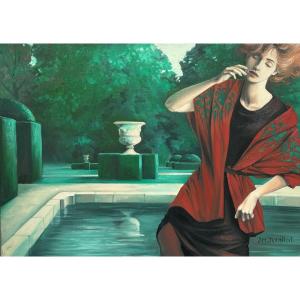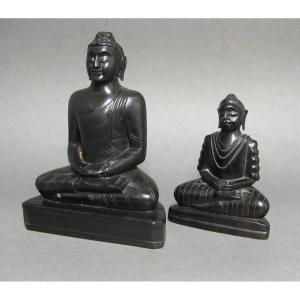Häusser was born in Sulzbach in Saarland in 1905. He trained as a stonemason in his father's workshop and studied sculpture from 1925 to 1928 at the National School of Arts and Crafts in Saarbrücken, where he studied. student of Christoph Voll. In 1928 he joined the Badische Landeskunstschule in Karlsruhe as a master's student from Voll, who had moved there that same year. In 1935, Häusser returned to Saarbrücken and established himself there as an independent sculptor. In 1939, Häusser left to improve his skills in Berlin, where he also married the sculptor Johanna Breuer. The granite sculpture Assis, acquired by the Musée de la Sarreen 1952, was also made at this time. The following year, he took over as director of Arno Breker's studio in Berlin. In exchange, Häusser received a “certificate of indispensability” and did not have to perform his military service. [1] After 1944/45 he lived on Lake Starnberg. In 1948, Häusser returned to Sulzbach and became a member of the Saarland Visual Artists' Association. In 1957 he worked as part of the restoration work on the Saarbrücken Castle Church. Two years later, he designed the “Berlin 755 km” kilometer marker on the traffic island of the Wilhelm-Heinrich Bridge in Saarbrücken. In 1964, on behalf of the city of Saarbrücken, he created two baroque-style column vases for the exterior staircase of Ludwigsplatz and designed a monument to the division of Germany in the municipal park of Sulzbach. His favorite designs included depictions of miners and ironworkers.





















 Le Magazine de PROANTIC
Le Magazine de PROANTIC TRÉSORS Magazine
TRÉSORS Magazine Rivista Artiquariato
Rivista Artiquariato
